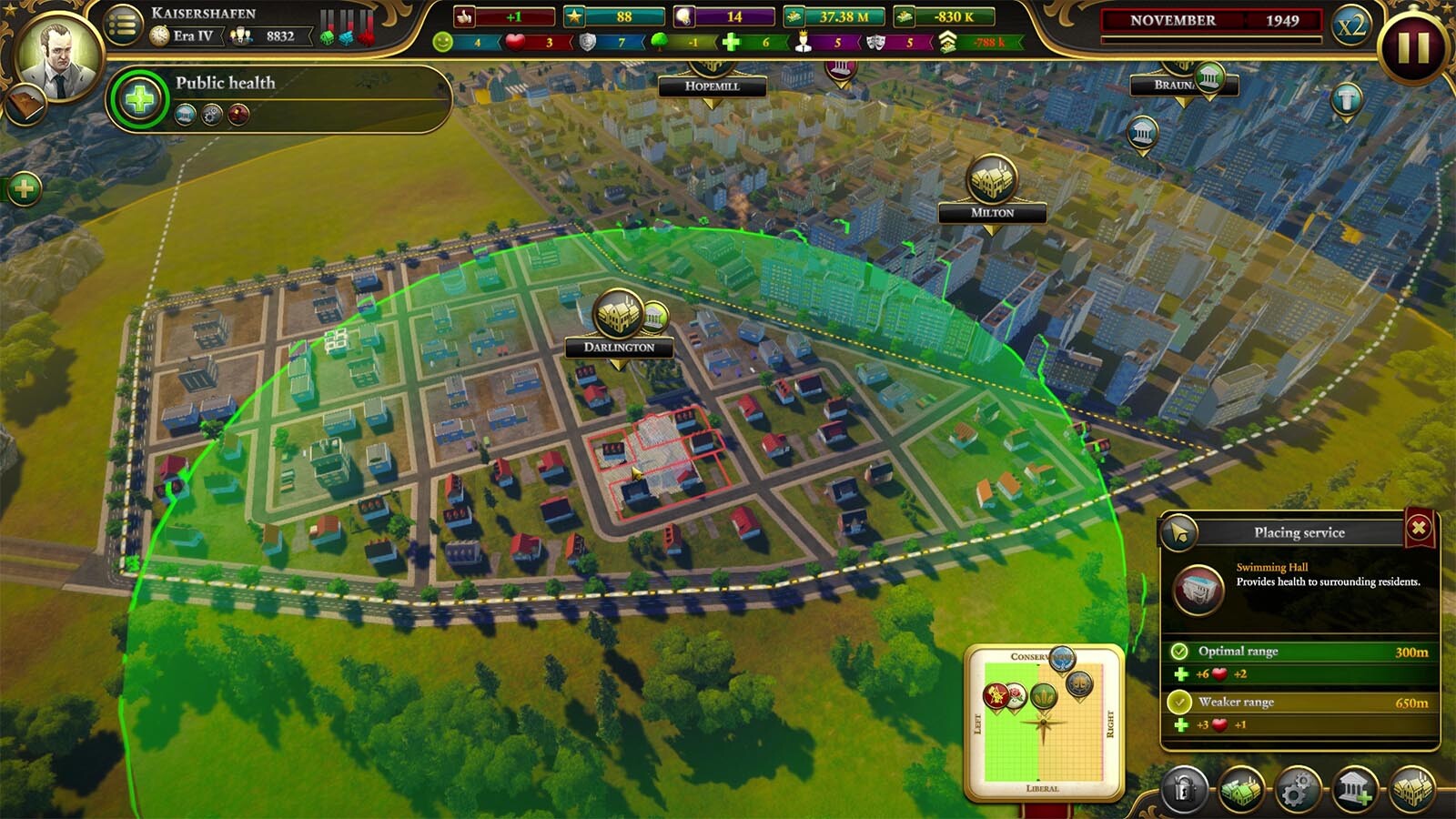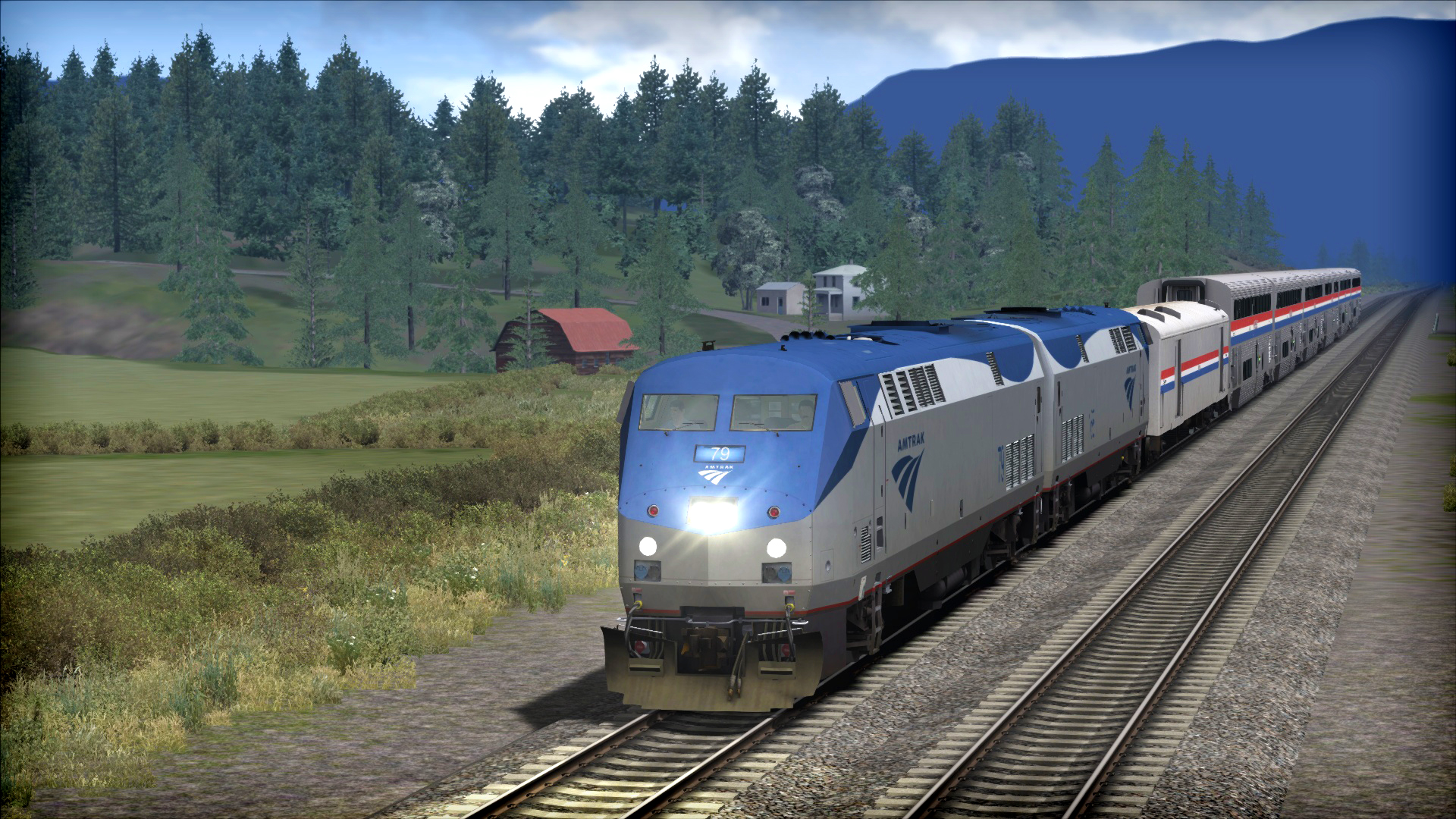
GameplayMore than 40 historic locomotives are available in the video game Railway Empire. Always searching for domination of the US rail market! You can choose from six different characters in the Railway Empire and you are going to compete against three AI-controlled players on every map. During regular campaign mode you have to be careful with your expenses and always keep an eye on your competition. In Sandbox mode, you always have an unlimited amount of money and you can let your railroad dreams run wild. The game, of course, comes packed with a sandbox mode, a must have for any decent simulation-game on the market today. A gigantic map which features the entire country is not available in the video game Railway Empire, instead, the country is divided into several different playable territories including regions like the East Coast, West Coast, the Midwest, etc. It manages to capture a timeframe which was in essential in transforming the US economy into an international powerhouse. Imitated to the point of audience fatigue by subsequent films (including its own sequels), it still seems fresh almost 20 years on.StoryThe story campaign of the video-game Railway Empire takes place in seven scenarios stretching from the 1830s to the 1930s. And the casting was also note perfect, transforming the public perception of Keanu Reeves overnight from dim-bulb stoner to deadpan killing machine (a role he continues to enjoy in the likes of Man Of Tai-Chi and John Wick).

Backing up the extraordinary spectacle was a mash-up of lofty ideas cribbed from William Gibson and Jean Baudrillard: The Matrix felt like it had a brain as well as balls. The Wachowskis can’t quite be credited with creating a new visual language (FX man John Gaeta credits Michel Gondry and Katsuhiro Otomo with the original "bullet time" effects), but the use they put it to was so thrilling and eye-popping that it seemed entirely original. Some deserve it more than others, but the effect of The Matrix on the 21st century’s action cinema can’t be understated. It’s a fascinating franchise that can count its 21st film as one of its very best.Įvery now and again a film comes along that’s dubbed a "game changer". And yet, the film’s most thrilling sequence, somehow, is a lengthy card game. The controversy about Daniel Craig’s casting seems quaint now (a toxic fan made a whiney website – imagine the furore on social media that'll meet the next Bond), and it’s fascinating to look back, post Craig’s bored-looking turn in Spectre, and see the fire with which he absolutely owns the role, from the opening free-running chase to the airport battle and the climactic destruction in Venice. Although Judi Dench remains from the Pierce Brosnan era as MI6 chief M, this is a younger Bond’s first mission, in which we see him earn his 00 status with his first kill, and in which the gadgets are kept to a minimum (a defibrillator in the Aston Q doesn’t even show up for another two films). The third in the projected trilogy has been promised but has yet to materialise.įinally able to adapt the first of Ian Fleming’s Bond novels (after decades of rights issues), the Bond franchise’s gatekeepers took the bold move of re-starting the entire elderly franchise.

The Raid 2 – a massive and unexpected expansion, keeping the extreme violence but adding a level of Once Upon A Time In Indonesia-style epic drama – followed two years later.

But it’s not so much the destination as the journey, which is so intense it’ll leave you with actual bruises. They have to fight their way to the top of a tower block and back out again. The premise is simplicity itself: Iko Uwais’s greenhorn cop and a small SWAT team are sent into the deadliest housing project in Jakarta, the kind of place that’d give even Snake Plissken second thoughts: a labyrinth of Silat-skilled villains and big bosses. Seemingly from out of nowhere came the sudden arrival of one of the most blistering action films of the 21st century to date: a ferocious curio stemming from Indonesia but written and directed by Welshman Gareth Evans.


 0 kommentar(er)
0 kommentar(er)
